
Coldcut
Electronic music veterans, Coldcut, like to stay ahead of the game, and with their new album, Sound Mirrors, the world is again sitting up and taking notice.

USEFUL LINKS:
Text: Gomez
Matt Black and Jonathan More, aka Coldcut, have made a living out of pushing the sonic envelope. In the mid ’90s, when electronic music was increasingly commercialised, bastardised and homogenised, Coldcut unleashed Let Us Play, which featured collaborations with ex-Dead Kennedy Jello Biafra, legendary funk drummer Bernard Purdie, and poet Salena Saliva. The album did the impossible – shooting up the charts, as well as presenting an uncompromising political, ecological and anti-corporate vision. Matt and Jonathan are probably just as well known for their label, Ninja Tune, which remains resolutely independent – both commercially and philosophically. Ninja Tune stables a diverse mix of artists including Mr. Scruff, Cinematic Orchestra, Herbaliser, Kid Koala and Wagon Christ, as well as the likes of Roots Manuva and Ty through the later-established Big Dada imprint. In their pursuit of ‘staying ahead of the game’, Coldcut was one of the first outfits to see the possibilities of music marrying interactive media. Fired up by the possibilities offered by digital interactivity, Coldcut collaborated to develop toys, computer games and art installation pieces. In short, Coldcut aren’t your average studio junkies.
Gomez: It’s been eight years since your last CD release, what have you guys been up to in that time?
Jonathan More: There’s a combination of different projects we’ve been working on and they’ve all fed into the new album. Part of the story behind the title Sound Mirrors came from the fact that it’s a reflection of all the stuff we’ve done over the past eight years – we’ve been working non stop, but much of it we haven’t made a lot of noise about. When we did our last proper album, Let Us Play [1997] we weren’t really a live band as such; we were DJs, but we had this idea that we could perform live… properly. So we went out and learnt how, which took about three years of travelling all over the world, hooking up with people and working on different projects like Let Us Replay.
Gomez: Sound Mirrors has been called ‘your best album yet’ by numerous magazines, critics, music websites and DJs…
Matt Black: Yes, but that’s our own PR department.
Gomez: But seriously, I’ve heard nothing but good things about this CD.
Matt Black: Staying ahead of the game is one of our specialties and we get a kick out of knowing we’re in poll position. That’s part of our motivation for doing stuff. And it’s important that each piece of work we do is some sort of a significant step forward and a milestone. We think we can claim without too much inflation that we’ve done some pieces of work that have been regarded as milestones within dance music and electronic music, which, of course, if you take a step back into anyone else’s generation than our own, is really a tiny grain of sand on the great beach of the world.
Jonathan More: The great beach of life!
Matt Black: It needed to be a record that was a step forward. And from the beginning, we rejected the idea of pressing a button, turning a handle and bringing out another slightly altered version of a previous release. Doing that is actually quite a good way to make money in the short term – you just feed people what they’re expecting – but either we weren’t disciplined enough to do that or it was too boring a prospect for us. We got hooked on new possibilities; so we needed a long period of acquiring new skills, getting new tools, and baking something that was totally different.

Gomez: How do you collaborate?
Jonathan More: Matt’s got a studio upstairs, I’ve got one downstairs, and we’re both at the back of the Ninja Tune label office, and each track really is a different entity in itself. Some tracks I might start, some he may start. Matt might give me some bits I’ll do something with and give them back. I might do something and Matt will say “move that over there and tweak that” etc.
Matt Black: It’s a mysterious and chaotic process that we have not reduced to a system. I think you can feel that in the music. If you come to the point where you solidify your working process into a system and a routine too much, then you’ve become fossilized.
Jonathan More: It is strange how tracks develop though. Walk a Mile in my Shoes [from Sound Mirrors] is an interesting example because that was a cover version [the only cover on the album]. It’s originally by a guy called Joe South, and was covered by Elvis Presley. It’s a rock tune and I always felt that it was a beautiful soul tune masquerading as an oompah rock track. I’d messed about with it, and tried to do various different versions and then we got a young rock singer to come in and demo it out for us, but didn’t really like that. Then I programmed it up into a vaguely trance track, but, again, didn’t like it, as I thought it was too cheesy at the time, so it sat on the shelf for probably a year or so. Then I got it off the shelf again one day, and Matt and this guy called Ross Allen (who’s a DJ and A&R man with a really good head who we got in to help us out as a sounding board and sonic filter on this project) came in while I was playing it, and Ross thought it was quite interesting. But if I hadn’t pulled it out that day and been friggin’ with it, it might not have happened – the conversation about how we were really going to make it work might not have happened – then Robert Owen’s name for vocals might not have come into the ether and the record might not have come about. Originally, we actually thought it wouldn’t work with him as we were under the impression he lived in Chicago, but, as it happened, a friend of a friend confirmed he was actually living not that far away from us in the UK. It’s a funny process.
Matt Black: It’s a small world but I wouldn’t want to paint it.
RADIO READY
Gomez: You’ve both been in and out of the radio world for a long time as presenters and DJs yourselves. What’s your view on getting your music, and music from the artists on your own record label, onto the radio?
Matt Black: There’s an infinite number of possible tracks that you can make. Quite a lot of those tracks are, like, weirdo tracks. It’s quite easy to be weird, and if you do that, then great, but you’re limiting yourself most of the time. You have a hit record when you make a track that a lot of different people like, so it ticks the boxes with a diverse number of people. We use the Ninja Tune tribe as information sensors. Everyone there is really into music, but lots of different types of music, so you know that if everyone in the office likes a track you’re onto a winner, but that doesn’t happen very often.
‘Ingredient X’ still needs to be there. Invention is 1% inspiration and 99% perspiration; without that 1% inspiration, you will perspire in vain. ‘Character’ is the key – electronic music can be rather short on character. These days there are so many excellent, powerful, ubiquitous tools available that enable you to stack sounds together in a few seconds to produce something which a few years back would have had us throwing our hands up and saying ‘what a wicked track’, ‘what a wicked groove’; and in a lot of cases they can now be downloaded for free off the internet to go with Fruity Loops that a five year old could put together. This does raise the bar significantly. I adopted a rule of thumb a few years ago: records that sell well have vocals, and the fact that instrumentation can be digitally synthesized at the flick of a switch these days actually makes the voice and lyrics increase in value, ‘cause vocals are not yet available as a convincing plug-in.
we rejected the idea of pressing a button, turning a handle and bringing out another slightly altered version of a previous release
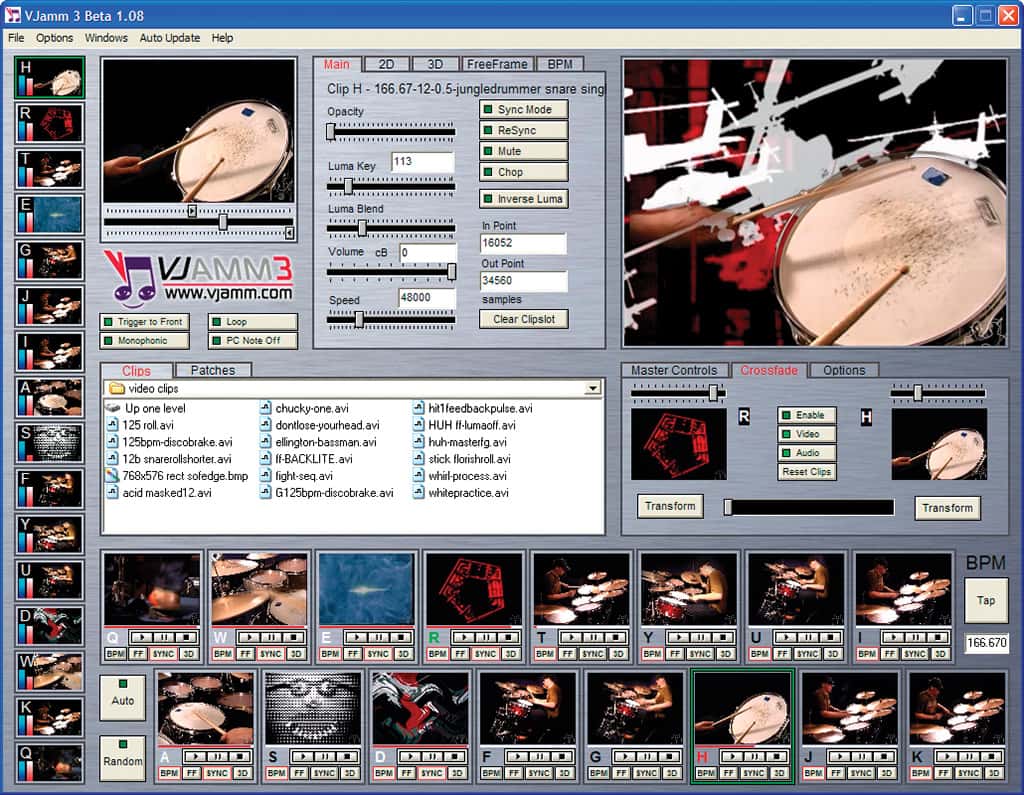
Gomez: So when you start a track do you have a piece of gear that you favour?
Jonathan More: I can quite happily say that a lot of the tracks on the album wouldn’t have come about if it wasn’t for Ableton Live. It’s such a fast tool to use. You can set it up in any way you like; and it does all the things that we want to get done in a piece of software. Walk a Mile, for example, was created almost entirely in Ableton Live, apart from the strings and vocals.
Matt Black: The great thing about Ableton Live is that you can put a track together very quickly, and then you can go out that evening with your laptop and perform that track live. Although, of course, the definition of ‘performance’ in electronic music is quite a vexed and interesting question. We designed a piece of software called DJamm a few years ago, so we could perform electronic music in a different way – i.e., not just taking a session band out to reproduce what you put together in the studio using samples. It had a relationship to DJing, but was more interactive and more effective.
Gomez: Speaking of your software projects, you have put a copy of your video DJ software package, VJamm, on your new album. It’s obvious you go out of your way to bring in new angles to the entertainment of your fans.
Jonathan More: Yeah, totally. I think the ubiquitous-ness of MySpace now proves that the concern of ours [a sense of community] when we first started Ninja Tune is still incredibly relevant today. People do want to interact, and I think these days it’s even more important. Matt and I have been doing this thing at the end of gigs on the European Tour, where we get off stage and go down to mingle, sign copies and hang out with the fans. They love it, and we think it makes a big difference.


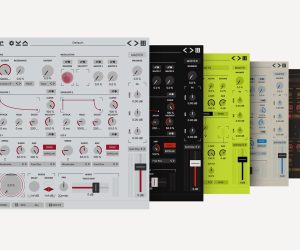
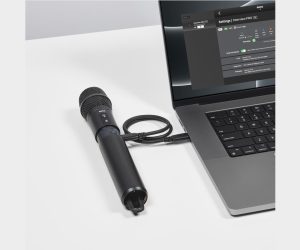
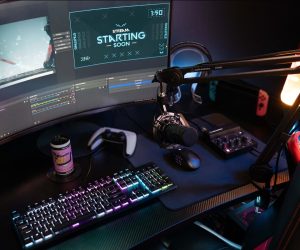
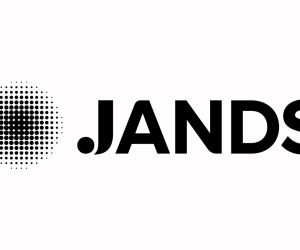
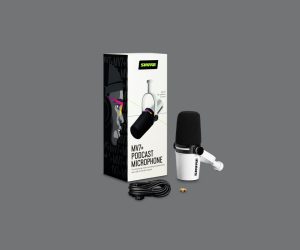
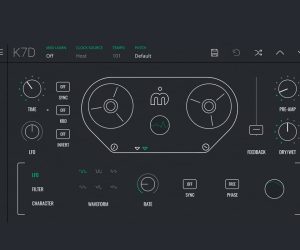
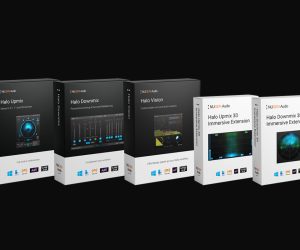


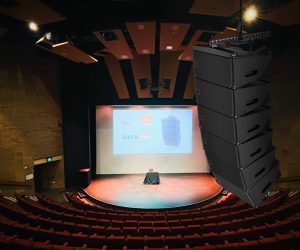




RESPONSES